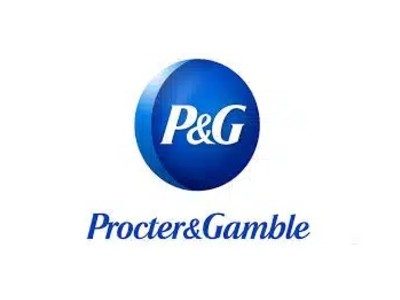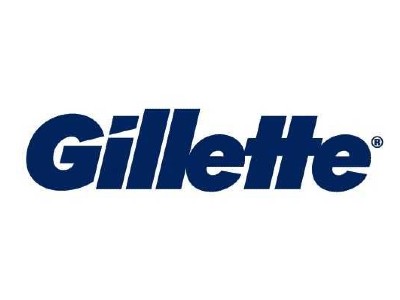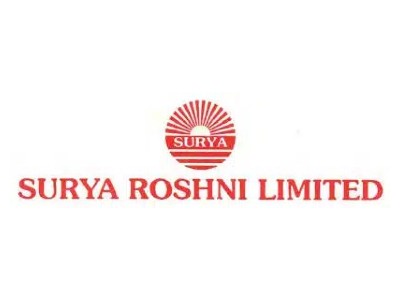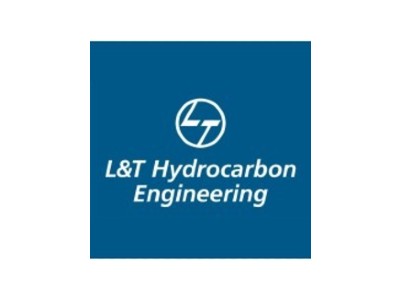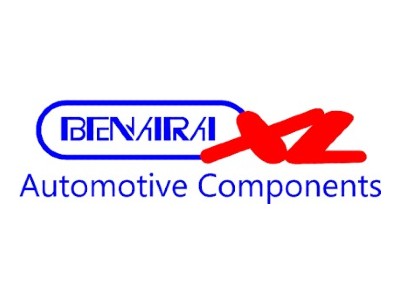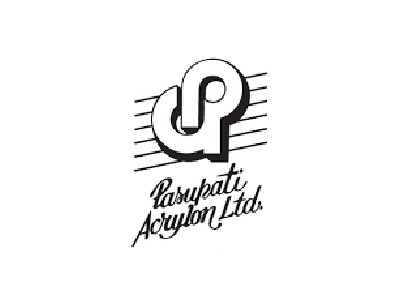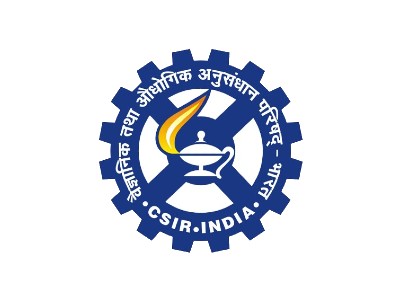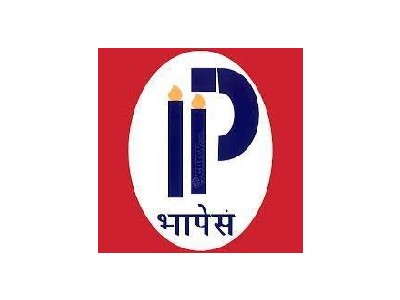Medical Oxygen
Medical Oxygen
Hospitals all across the world have boosted their oxygen production and consumption throughout the years. It has increased the amount of oxygen produced on-site. The hospitals have begun to execute this shift by producing their own medicinal oxygen on-site. As a result, the Medical Oxygen Generator can be used together with the Oxygen Purity Monitoring Device. This gadget controls how much oxygen is generated. It enables the production of oxygen which meets the requisite purity standards. If the gas purity falls below the specified purity level, the gadget will alert you. In this scenario, the gas generator shuts down, and the system immediately switches to a backup oxygen source.
Gaskon Engineers has always been on the cutting edge of technology, supplying a wide range of gas and air equipment all around the world. We are a full-service provider of air and gas equipment and have been a pioneer in the design and implementation of on-site systems for a continuous supply of high-purity gases and dry air.
Traditionally, oxygen was supplied to medical facilities in form of cylinders for liquid tanks. PSA oxygen generators have been on the market for a few decades and have enabled the use of medical oxygen gas. This assistance has lowered capital costs and provided flexibility for the needs of hospitals and the healthcare sector. Medical oxygen has typically been provided via cryogenic sources, with purity requirements of more than 99 percent.
| Oxygen Plant Capacity | 3 cylinders / day to 300 cylinders / day |
|---|---|
| Oxygen Purity | In accordance with the Indian Pharmacopeia – IP 2010 – The remaining argon and nitrogen make up the majority of oxygen which is 93 percent, which comprises a minimum of 90.0 percent oxygen and a maximum of 96.0 percent oxygen |
| Pressure | Direct distribution into the medical gas pipeline at a safe pressure. Normally, the pressure is less than 5 bar (g) |
| Gas Storage & Backup | There are several ways for storing gas and connecting to a backup source of oxygen in event of switchover. |
HOW IT WORKS
PSA, or pressure swing adsorption, is a low-cost, long-lasting technique of generating oxygen on-site for medicinal purposes. It's been utilized in medicine for more than thirty years. The ambient air, as we all know, is made up of 78 percent nitrogen, 21% oxygen, and less than one percent argon and other gases. The nitrogen is separated, and the resultant product gas has up to 95.5 percent oxygen purity. The PSA method, which uses zeolite field towers, is based on the idea that various gases must have differing degrees of attraction to different solid surfaces. When zeolites attract nitrogen, the same thing happens.
The nitrogen gas is subsequently pushed into the crystalline cylinders of the zeolite, while the oxygen is usually less adsorbed and therefore transported to the bottom of the zeolite bed, where it is finally collected in the buffer tank. At the same time, two zeolites beds are employed. Air is filtered under pressure until it is saturated with nitrogen and oxygen is allowed to pass through. The other filter begins to perform the same thing as the first one as nitrogen is desorbed by releasing pressure. The cycle is repeated, and the oxygen is stored in tank.
Medical Oxygen Building Blocks
Direct shipping from GS The following are the components of medical oxygen plants:
- Type of screw Refrigeration Dryer and Air Compressor
- Multistage Type that coalesces Oil filters are used to clean the air, with an oil concentration of less than 0.001 parts per million.
- PLC-Controlled Oxygen Generator and Oxygen Analyzer
- Micro & Bacterial Filtration Unit for Oxygen Buffer Tank
- Oxygen Buffer Tank
- Micro & Bacterial filtration unit

Connecting to MGPS
An Oxygen generator can be linked directly to a pipeline distribution system via an Oxygen Buffer tank if oxygen is provided through a pipeline distribution system. In the case that the oxygen supply pressure falls below 3.5 Barg or the oxygen purity drops, the system of pipeline is linked in parallel connection. This is done to reserve oxygen cylinders to sustain oxygen delivery.

Safety Interlocks
Oxygen Purity
An Online Digital Analyzer is installed on the generator, which tests the purity of the oxygen before it enters the buffer tank. The oxygen supply to the storage tank is shut off if the purity goes below the preset values, and an alert signal is displayed to signify a generator malfunction. When the purity of the gas drops, it's time to switch to the backup Oxygen source. it is generally done automatically with the help of the switchover panel. It just closes the auto-shut-off valve present in the oxygen supply line. It activates the reserve oxygen cylinder to supply valve. It ensures continuous oxygen supply.
Pressure
The pressure in the Oxygen Buffer tank is continually monitored by the Pressure Transmitter. An alert is activated when pressure in Oxygen Buffer vessel drops below 3.5 Bar. When the pressure in the buffer vessel decreases, the switchover panel immediately triggers the standby supply system.
Backup System
Oxygen is consumed at 4-Barg pressure in most hospital applications, and this pressure is produced by our onsite oxygen generators. Market Oxygen cylinders or, alternatively, a Cylinders refilling technology that fills cylinders of oxygen till 150-Bar pressure and uses these Oxygen cylinders as back-up cylinders can be attached for Oxygen backup. These completely filled Oxygen containers can also be utilized in distant areas.
Backup System
Oxygen is consumed at 4-Barg pressure in most hospital applications, and this pressure is produced by our onsite oxygen generators. Market Oxygen cylinders or, alternatively, a Cylinders refilling technology that fills cylinders of oxygen till 150-Bar pressure and uses these Oxygen cylinders as back-up cylinders can be attached for Oxygen backup. These completely filled Oxygen containers can also be utilized in distant areas.
Oxygen Delivery Schemes
Scheme 1: Basic
This is the most basic supply system and the most straightforward implementation for any hospital considering installation of an online Oxygen maker to ensure continuous supply. One oxygen generator is installed, as well as a switchover panel. In any event of a loss in purity or pressure, or if the Oxygen generator requires repair, the switchover panel will switch to the current Oxygen cylinder manifold.
Scheme 2: Redundant
This plan builds on the fundamentals. Customers in distant regions may want to consider getting a 1W + 1S (one operating and one backup) Oxygen generator and switching them on and off. A cylinder manifold can still be used for tertiary backup.
Scheme 1: Basic
Customers can fill their own backup cylinders under this arrangement, obviating the need to purchase cylinders from the market.FAQ'S
Pharmacopoeia of India The European Pharmacopoeia, the British htm, and the US FDA are the approved standards for medical gas generated by the PSA process and used in medical facilities and hospitals.
The cost of an oxygen cylinder on a liquid cylinder is 30 rupees per cubic metre, but the cost of oxygen generator gas is just 10 rupees per cubic metre, thus it is a significant cost saving aspect.
You will obtain oxygen for 365 days from oxygen generators. Where there may be interactions in the market oxygen supply owing to a lack of cylinder availability or a delay in cylinder delivery due to transportation constraints. PSA is now a well-established technology, with medical oxygen cylinders or generators in use in hospitals all over the world.
Because the safety distances for the cylinders and liquid tanks must be maintained as per factory standards, a large space is required, but the oxygen generator has no limitations and may thus be put in the coordinator, on the backside of the hospital, or even on the terrace.
It is recommended that you maintain a backup cylinder on hand in case of unforeseen circumstances. It is also recommended that if you keep the equipment healthy and well kept, the need for repairs will be infrequent.
If you can recoup your asset in very less time than it took you to earn it, that's a really appealing financial offer for any hospital. You will save money on the cost of oxygen as well as save money on the cost of labor required to handle cylinders.
Design and Develop by Texmith Infotech . All Rights Reserved


